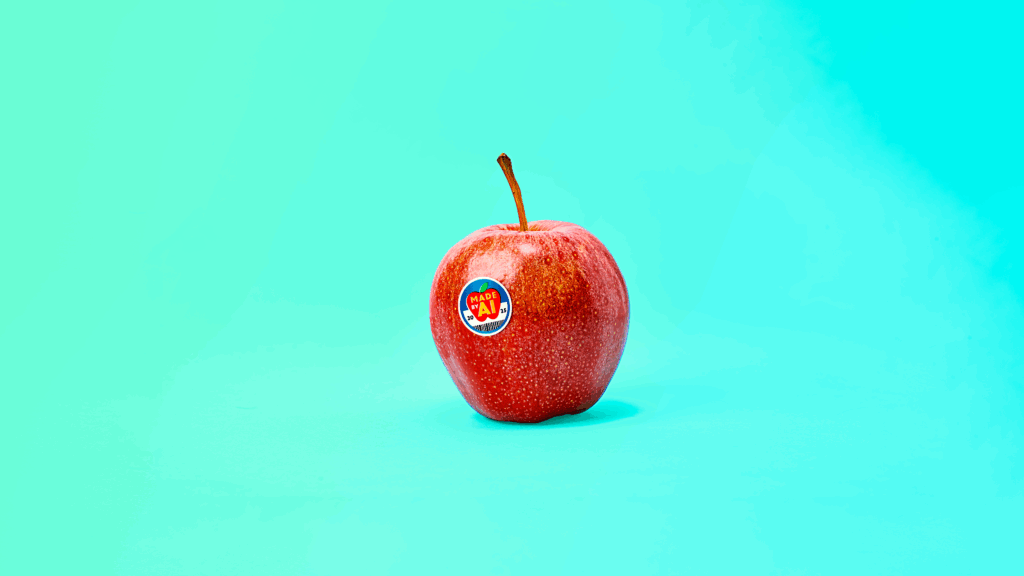Artificial vs Actual Intelligence

Artificial Intelligence is here to stay. It’s not a fad. It’s not a flash in the pan.
I think it will continue to evolve and bring even more value. But I also think we’ve jumped the shark a bit. Every marketing conference agenda I see is chock-full of AI talks. It’s like it’s all we care about.
And why not? The prospect of a machine doing our jobs for us—or at the very least, helping us find efficiencies—is pretty compelling, right?
Hopefully, we’ll continue to find ways to use AI to enhance our daily work life. What’s better when you’re trying to compose a tough email than to ask an AI bot to give you a start? A few days ago, I asked ChatGPT for meal ideas, and it gave me a weekly menu with nutritional info for each meal!
There are amazing benefits to having most of the human thought that’s been captured cataloged and organized in one place, and driven by a conversational interface. But what’s the balance?
I think author Joanna Maciejewska (@AuthorJMac) captured it best when she tweeted: “You know what the biggest problem with pushing all-things-AI is? Wrong direction. I want AI to do my laundry and dishes so that I can do art and writing, not for AI to do my art and writing so that I can do my laundry and dishes.”
But we’re in the ad world, not the art world. And not all of us are graphic designers and copywriters, but all of us have tremendous pressure to make great ads, year after year.
I want to state plainly: I don’t think there is anything inherently wrong with using AI to produce ads. But I do think it’s dangerous.
Every trend changes. And most of the time, they reverse. Bootcut jeans are in vogue; then we go to skinny jeans (and now back to boot-cut). Low rise? Nope. Now, it’s high-waisted mom jeans. In art, we go from realism to abstract. Culturally, we go from the free-wheeling 60s and 70s to the buttoned-down yuppy 80s, and then into the fun 90s. And don’t get me started on the French tuck. Things don’t just change; they have an almost Newtonian (equal and opposite) reaction.
Yes. I know I said AI is here to stay. So are blue jeans. And both are going to keep changing.
Bold Predictions
It’s always dangerous territory to make predictions. This will be out there to bite me in the butt if I’m wrong. But here goes anyway: I think we’re going to see a huge pendulum swing back to REAL in the next 18-24 months.
The evidence that trends seems to reverse is one component of this prediction. Another is how dangerous AI is becoming. The photo below was widely circulated on Facebook after the devastation of Hurricane Helene in September 2024.

The first danger is how many people didn’t realize the image was AI-generated. The second danger is when it was pointed out, people kept posting the image with captions like, “I don’t care that this is AI. It shows the plight of people in the Carolinas. No negative comments.” I believe it is incredibly dangerous when people can’t tell reality from fiction. It is even more dangerous when we don’t care. Here’s the deal: As humans, we gravitated to that image because it captured how we wanted to feel about the situation, but without an ounce of realism. It’s too pretty. It’s too clean. It didn’t at all capture the tragedy—which was much messier and not in the least bit cute.
Beyond that, the first major regulation* of AI hit in August of 2024 with the European Union’s Artificial Intelligence Act. If the past has shown us anything, we can bet on the US adopting EU standards, and regulations continuing to grow. There is an incredibly low likelihood that AI images will be banned, but a future in which they have to be disclosed is not out of the question. A future with a “Created with AI” badge on images seems quite possible.
As a species, it stands to reason that we’ll grow weary of the extra mental energy it takes to discern fact from fiction. We’re cautious of artificial coloring and flavoring. Artificial intelligence will eventually join that list.
What’s Next?
As much as holistic eating and farm-to-table was a reaction to generations of processed food, I think we’ll see a return to real. The oversaturation of AI in our bank marketing conferences is worrisome. Those who only attend AI breakouts will find themselves lacking if my predictions are true.
I believe society will put a higher premium on real experiences, real stories, and real images. This squares with a community banking mindset, anyway. One of the benefits of choosing a smaller institution is the human aspect—real people helping with real solutions. So, the risk of balancing a photography class with honing prompt writing skills isn’t risky at all. There will always be a premium on actual creativity. The commodity of operating an AI interface will eventually become saturated. Human skills will become even more important. AI can do a lot of seemingly magical things, but at the end of the day, it’s just a collection of what humanity has done up until that point. It’s the same information you can get from a regular Google search—just via an interface that seems more like you’re chatting with a person. It’s more novelty than revolution.
AI can give you information, but it can’t give you insights. That’s still firmly in the realm of humans.
*We acknowledge the October 30, 2023, US Presidential Executive order, but do not regard it as major regulation.



